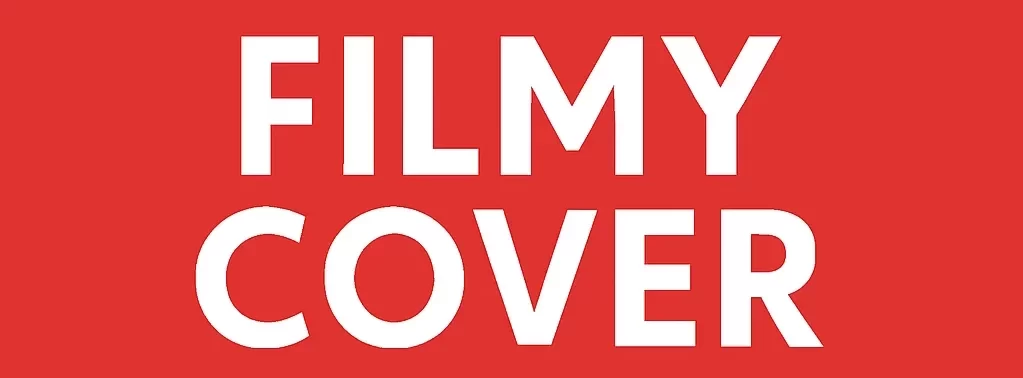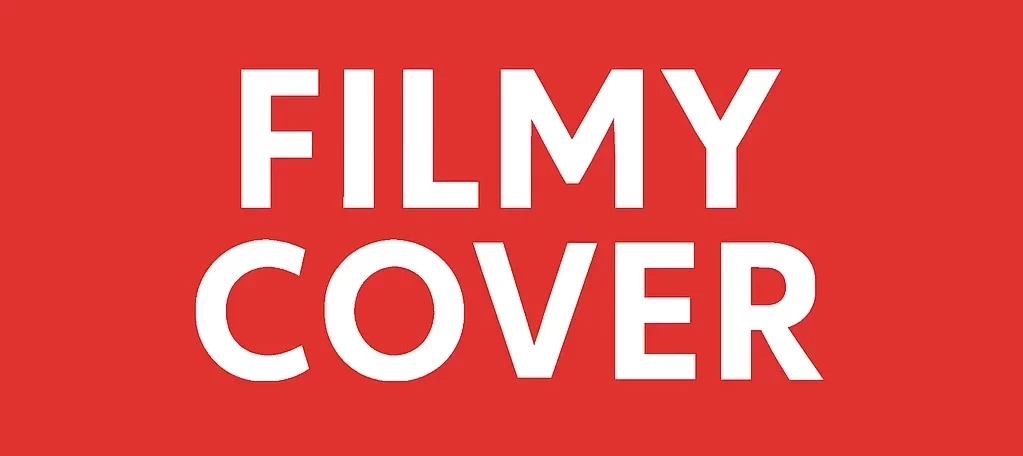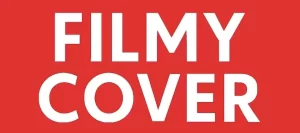X (originally Twitter) is allowing spam accounts because of its inadequate ability to stop spam promotion within its platform. Spam advertisements using the names and images of top Bollywood celebrities and Indian public figures, along with reputed news magazines, fool numerous users into following scam links, causing major concerns about the platform’s integrity, user trust, and advertising conduct.
Recently, Indian users have experienced horror due to the excessive number of deceitful advertisements distributed on their news feeds. Celebrity images such as Shreya Ghoshal’s have recently been misused by falsely showing her promoting unsafe investment plans and health products and hidden monetary possibilities.

These advertisements redirect people to fake websites that either collect personal data or promote unsafe financial proposals. Many users find it hard to identify the scams in these ads because they use professional designs which show recognisable celebrity faces alongside real news brand logos.
The Rise of Sophisticated Scam Ads
These have evolved from previous poorly made scam ads to highly advanced modern deceptive promotion tactics. Digital fraudsters use sophisticated artificial intelligence technology to create and modify pictures which feature famous people falsely endorsing artificial items and fake monetary prospects. These fraudulent advertisements now employ fabricated news stories together with both simulated video testimonies and edited vendor endorsements from alleged satisfied users.
Why Is X Allowing This?

All users wonder at this time: Why does X manage to let these ads escape regulation?
Cost reduction initiatives together with weak moderation standards and higher advertising priority seem to explain why X accepts these posts. When Elon Musk acquired Twitter, then renamed it X, he initiated radical changes such as firing content moderation teams and ad policy personnel.
X Premium (formerly Twitter), together with other revenue growth initiatives, has created additional confusion on the platform. The practice of scammers buying verification allows their accounts to appear legitimate, enabling ads to bypass screening checks and gain broad exposure to users.
It looks like X prioritises money from ads above protecting users through strategic failures that create opportunities for scammers to make profits at honest members’ expense.
Bollywood celebrities, along with other public figures, experience damage to their public personas through unauthorised image use, which also constitutes a legal violation.
What Users Can Do
While X has introduced basic reporting tools for spam and scam ads, many believe these measures are insufficient.
Experts suggest users take the following precautions:
- Verify sources: Always cross-check sensational claims with official news websites.
- Examine URLs: Authentic news organizations have recognizable domains; scam sites often have misspelled or odd-looking URLs.
- Report suspicious ads: Use the report function to flag misleading content immediately.
- Avoid impulsive clicks: If an offer seems too good to be true, it probably is.



